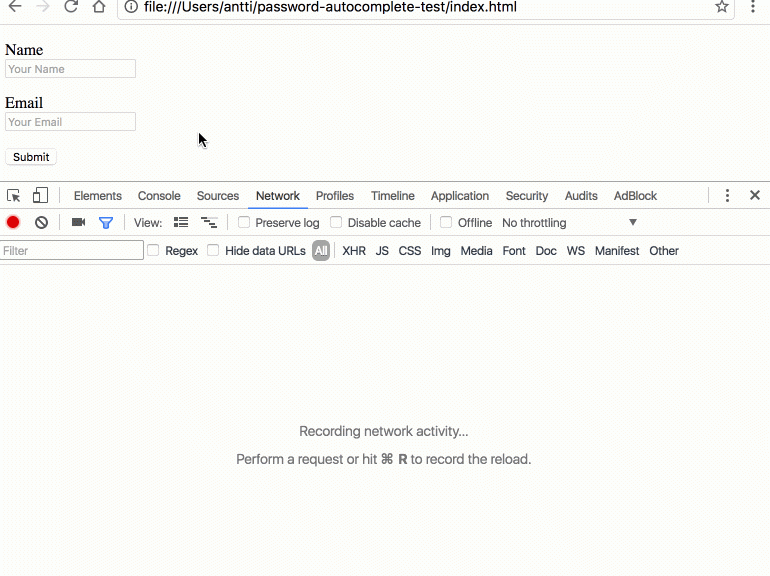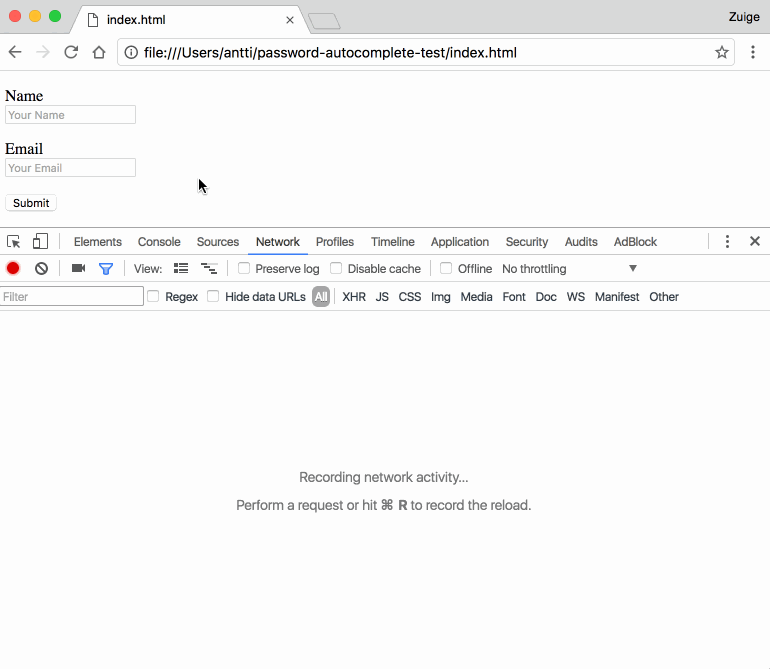With the constant advancement of technology, we are already witnessing the phenomenon of smarter cities.
According to Anthony Mullen, research director at Gartner, the next couple of years will be crucial for smart cities and open data as people will continue to “increasingly use personal technology and social networks to organize their lives, and governments and businesses are growing their investments in technology infrastructure and governance.” Even though the term ‘smart city’ means different things to different people, generally cities are considered ‘smart’ when its citizens are benefiting from open data sources converted into solutions that ease people’s lives. The solutions are developed by government and private companies.
How do smart cities work?
There are all sorts of reporting devices placed around every town, as well as IoT devices, which communicate with each other. The information is then converted into a solution such as the ones that ease traffic or control traffic lights. To some extent, smart cities also rely on people who voluntarily share their data. To experience the benefits of a smart city, you may need to have a subscription or rely on data democracy, i.e. sharing your data with third party grants you access to the solutions they are offering.
Smart city examples
Have you noticed all the people texting or looking at their phones on your last trip to Europe? Yes, people are surely checking their Facebook feeds but what they also do is informing themselves when the next bus or train is going to arrive. Buses and trains are now connected to make public transport more predictable and decrease traffic congestion. London’s TFL, in particular, encourages app developers to integrate the open data that TFL is sharing to help the city circulate better.
The situation is similar in New York – imagine how helpful it would be if we knew when and where there would be parking slots available. Smart city perks are saving time and money to millions of folks every day, and the trend will continue to grow. Research firm Gartner claims that by 2019, fifty percent of citizens in million-people cities will benefit from smart city programs by knowingly sharing their personal data.
How to stay safe in a smart city?
Regular cities are going ‘smart’ because governments are making an effort to make your life easier. It surely helps knowing when your bus is going to arrive, and how to get from point A to point B avoiding traffic saving yourself some time and money. However, all these connected devices and the mass sharing of both usable and unusable data could be dangerous. Hackers are getting creative, and the safety of millions of connected devices has been compromised already.
Panda Antivirus software protects you from sharing more than you have to. In a recent report by a tech giant Hitachi, a staggering 95% of respondents rated the role of technology in ensuring public safety as ‘important’ or ‘very important.’ A smart city wouldn’t be smart if it is not safe.
Panda Security offers various solutions that will help you stay protected and remain smart even when you are not in a smart city. The more protected you are, the better.
The post Smart Cities and Open Data appeared first on Panda Security Mediacenter.





